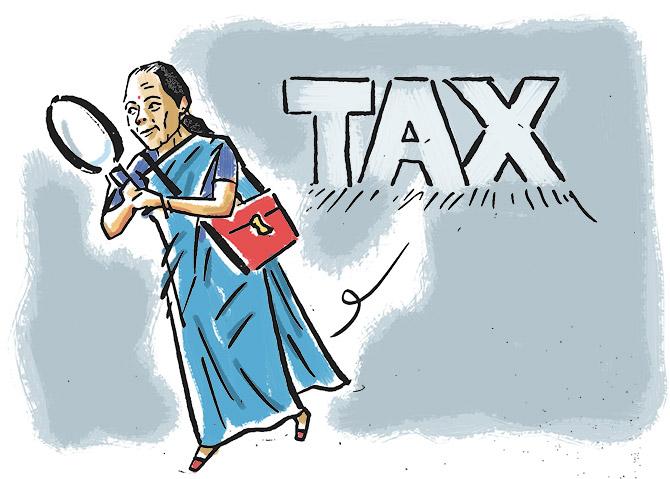The Vivaad se Vishwas Tak scheme will be one area where some much-needed revenue can be collected by the government. The scheme can be more successful if some specific steps are taken, says investment advisor Harsh Roongta.

The COVID-19 crisis is yet to play out completely.
However, the focus will soon shift to the government’s revenue collection efforts.
And the Vivaad se Vishwas Tak scheme will be one area where some much-needed revenue can be collected by the government.
The scheme can be more successful if some specific steps are taken.
But first, we need to understand the nature of the astronomical tax arrears’ figure of Rs 9 trillion.
Typically, an income tax officer makes a “high pitched” assessment order based on some weird interpretation of the existing law.
This results in a very high tax demand (say Rs 2 crore).
The taxpayer has to pay Rs 40 lakh (20 per cent) immediately, and the balance 80 per cent is kept on hold till the appeal is decided.
The officer’s only interest in issuing the assessment order is to meet the unrealistic collection targets.
By collecting 20 per cent tax amount, some portion of the target is met.
All tax appeals are decided by Commissioner of Income Tax (Appeals) who are career income tax officials.
Somehow, they are expected to magically rid themselves of their department leanings and maintain a judicially-neutral approach while deciding appeals.
In practice, the CIT(A) routinely endorses the ITO’s assessment order.
The taxpayer, then, has to file a second appeal before the Income Tax Appellate Tribunal.
In the ITAT, the taxpayer gets justice for the first time.
In most cases, they are thrown out. And the taxpayer gets his 20 per cent back as a refund, and the balance 80 per cent demand is extinguished.
The tax department routinely goes in for appeal to the high court against such ITAT decisions without bothering about the winnability of such appeals.
Nobody in the tax department wants to take responsibility for not filing appeals where a large tax demand is at stake.
The appeal at the high court (and Supreme Court later) takes years or decades to be decided.
Mostly, the tax department loses the case since it was weak in the first place.
However, if the taxpayer loses the case at ITAT, he would need to pay the balance 80 per cent tax.
Consequently, taxpayers rarely appeal to the high court due to the high cost, time involved and because the balance demand of 80 per cent has to be paid anyway.
The tax arrears’ figure of Rs 9 trillion will comprise most of the cases where the 80 per cent tax demand has been kept in abeyance.
However, the fresh additions every year are significantly higher.
Hence, tax arrears keep climbing every year.
Recognising that the department’s appeals mostly have a very weak case, the Vivaad se Vishwas scheme allows the taxpayer to pay only 50 per cent of the tax due where the department’s pending appeal is settled under the scheme.
However, it is unlikely to cut too much ice as most such tax demands, barring a few, are completely unjustified.
The department would be well advised to set up a panel consisting retired ITAT members/retired judges.
They can decide whether the department should settle on some points and let go of others.
This will allow the government to collect some arrears.
Harsh Roongta is a Sebi-registered investment advisor.